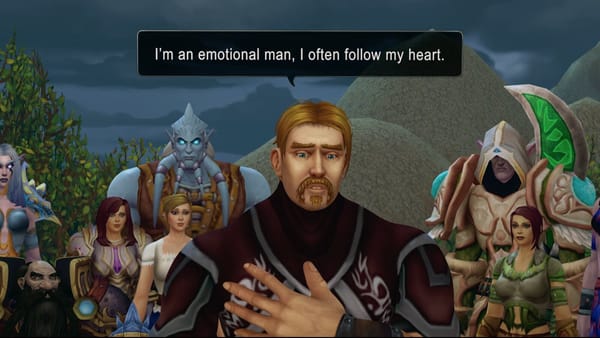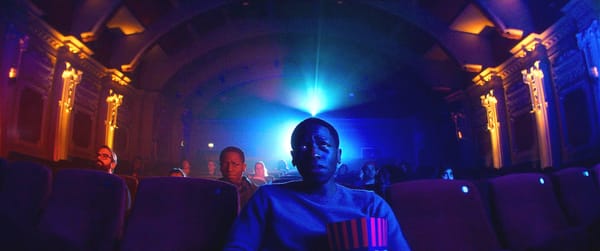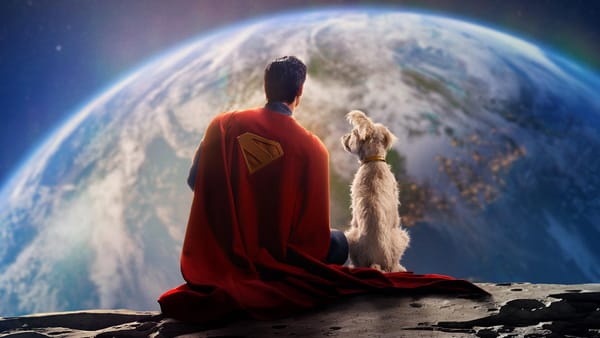One Good Film: "Cold Weather" (2010)
Here's another forgotten indie gem: A slacker detective story where the mystery is whether there's a mystery.
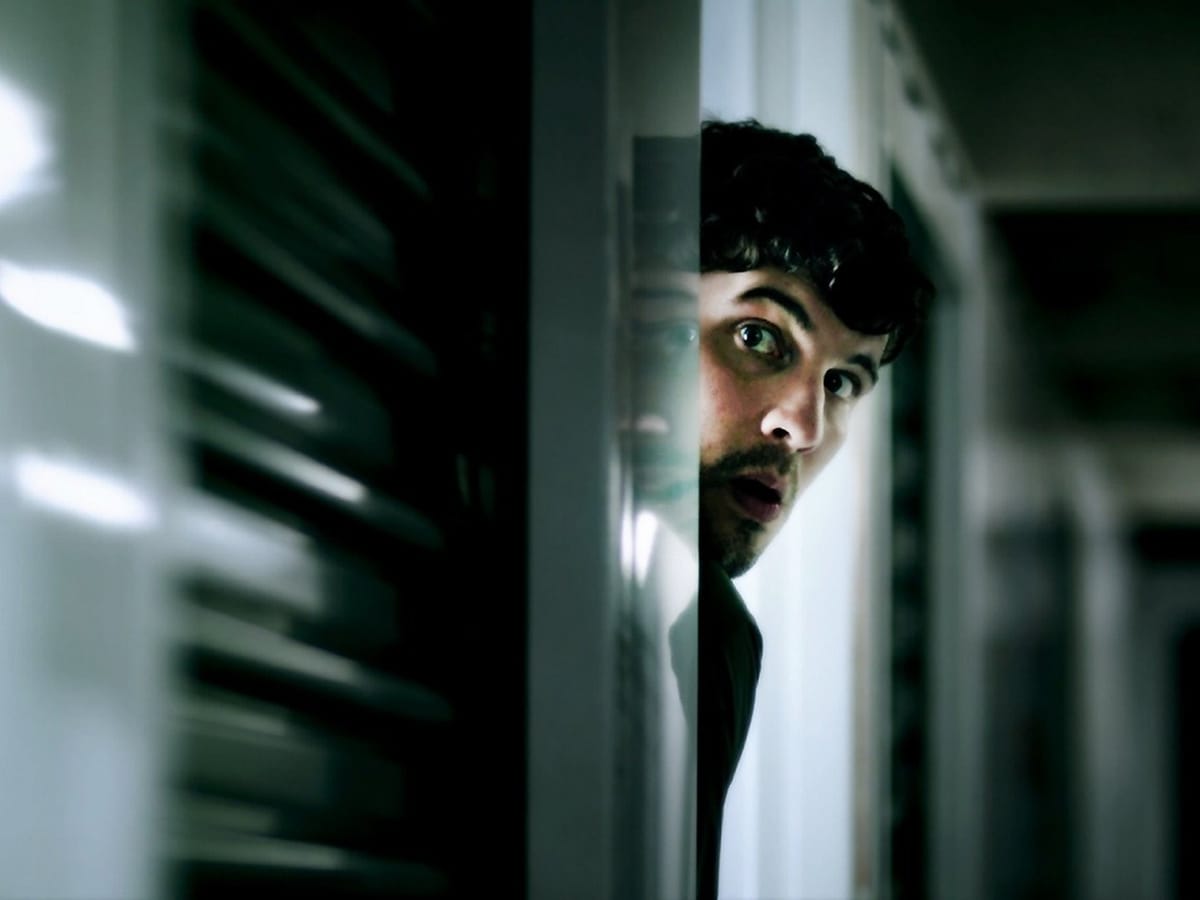
A regular feature for paid Watch List subscribers: I suggest one reasonably under-the-radar movie from the recent or distant past new movie, and you do what you want with that information.
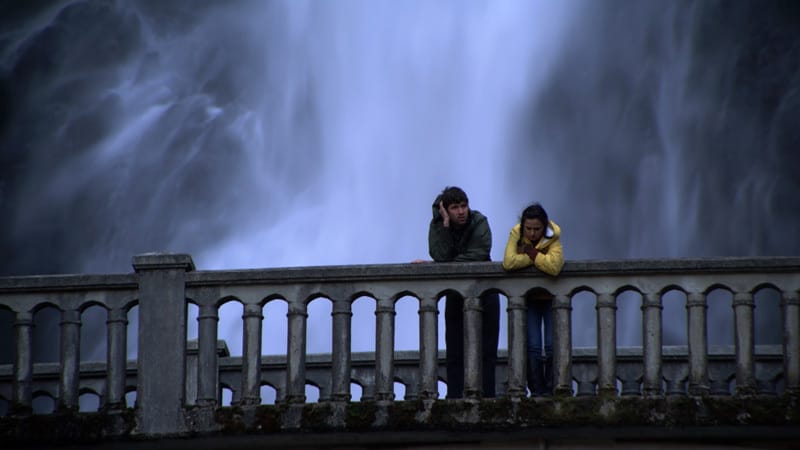
Here's another American indie gem I'd almost forgotten about: “Cold Weather” (2010, ⭐ ⭐ ⭐ 1/2, streaming on Plex, for rental on Apple TV, Google Play, and YouTube), a highlight of writer-director Aaron Katz's inexplicably short filmography. (There's also the terrific "Land Ho!" from 2014, 2017's "Gemini," which I haven't seen, and an early feature, "Quiet City," from 2004.) Katz falls (or fell) smack in the middle of the Mumblecore movement, that wave of no-budget independent films made by filmmakers who hated the label they'd been stuck with. It's a detective movie, sort of, but it makes Altman's "The Long Goodbye" seem like a miracle of terse plotting in comparison. Half the entertainment in "Cold Weather" is watching Katz's woebegone characters stumble their way into a genre movie almost by default. The other half is the bond between the slacker sleuth played by Chris Lankenau and Trieste Kelly Dunn as his sister – in its bickering and familiarity one of the more genuine sibling relationships ever put on film. The movie's not for those seeking an adrenaline rush, certainly, but if you can dial down your metabolism, it's one of the neglected pleasures of its era. I've taken the liberty below of posting my 2011 Boston Globe review, no longer available outside the paper's archive service.
If “Cold Weather” gets sold to you as a mystery thriller, don’t listen. Yes, there’s a mystery here, and, yes, it works itself up to a pitch of surprisingly effective shaggy-dog suspense. The charm of Aaron Katz’s film, though, is that plot – things happening – erupts slowly into the characters’ lives despite their best efforts to not pay attention. This is a slacker detective story, emphasis on the slack, and if you can downshift into its loping rhythms, it’s pretty wonderful.
The first half hour is familiar mumblecore territory, and moviegoers used to being hustled along at a swift, logical pace will be tearing at their armrests. Doug (Cris Lankenau) has come back to his hometown of Portland, Oregon, after dropping out of college in Chicago. He was studying forensic medicine, but it didn’t take; everyone around him has seen “CSI” and “Bones” and seems more enthused about the subject than he does. He moves into an apartment with his sister, Gail (Trieste Kelly Dunn). His parents are a little worried.
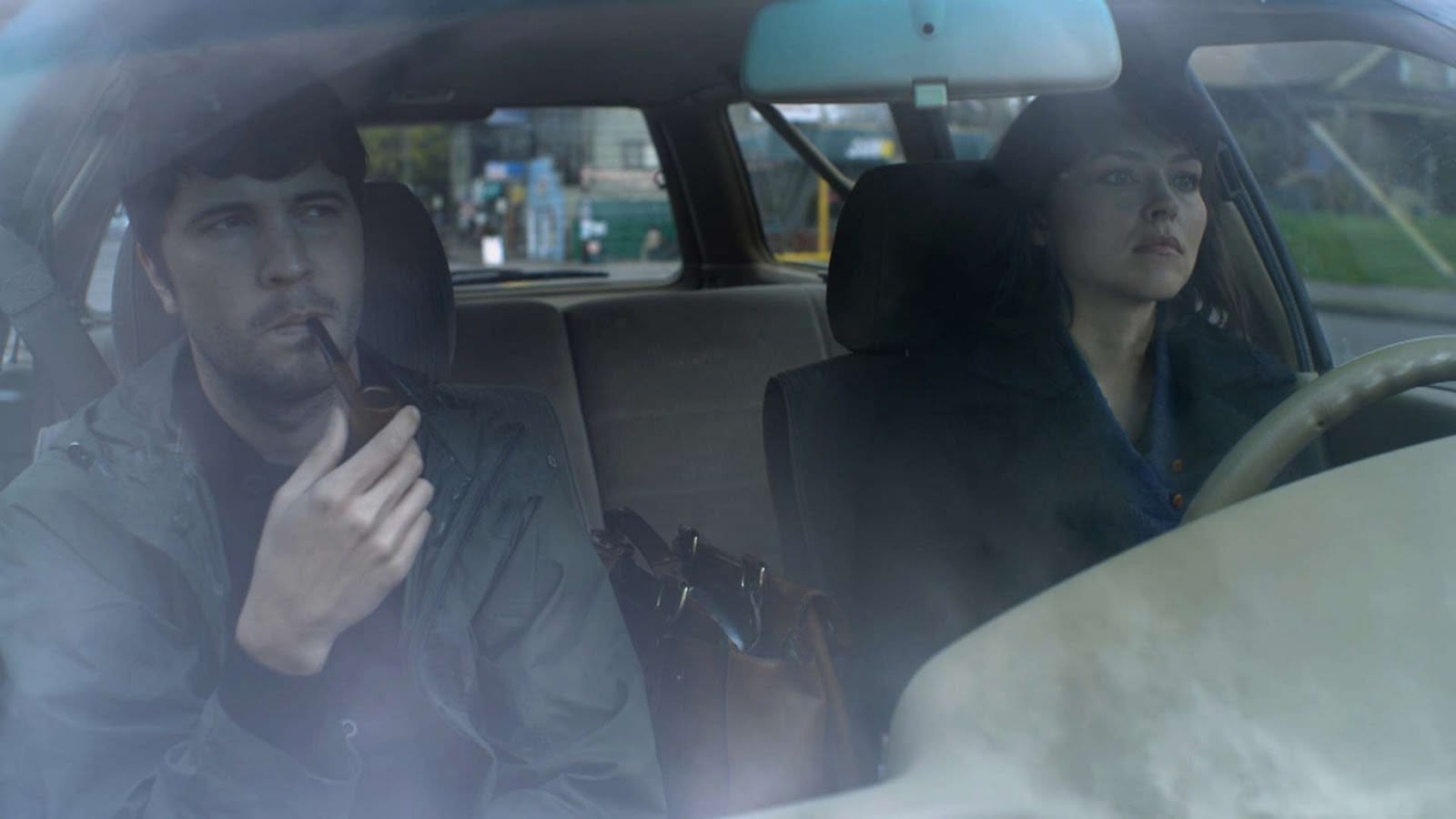
We follow Doug around for the longest time as he grows a halfhearted beard, gets a job in an ice-packing factory, stalls his life. He befriends a co-worker named Carlos (Raúl Castillo) and pals around with an ex-girlfriend, Rachel (Robyn Rikoon), who’s visiting from Chicago and knew Doug back when he had his act together.
Eventually something weird happens: Rachel vanishes. Doug, who up to now has been strenuously invested in his own inertia, is begged by Carlos to investigate the disappearance, and he finds himself uncovering clues almost despite himself. Perhaps his education is paying off, or maybe it’s his deep, abiding love for Arthur Conan Doyle’s Sherlock Holmes stories. After a while, Doug wonders if he should buy a pipe.
“Cold Weather” is that kind of movie, a chilled-out slow-burner that keeps flirting with the private eye genre, intrigued and even kind of turned on. There’s a briefcase full of money and a scary guy in a cowboy hat, clandestine meetings and ringing payphones. Yet Katz and his hero are wary of committing. At times this plays like the 2005 high school noir “Brick” with an even lower pulse. It’s not for everyone, especially those who like their detective stories to come with tidy endings.
What sustains the film – what gives it a fluky, refreshing comic vibe – is its sense of play. Doug wants to float on the surface of life, but the current keeps taking him places. Patterns and connections reveal themselves, and those connections lead to other people. Few of the characters in “Cold Weather” are who they seem at first, and that sense of discovery feeds into the mystery too. Carlos has a night-time career as a DJ; Rachel – well, she may not be Rachel at all.
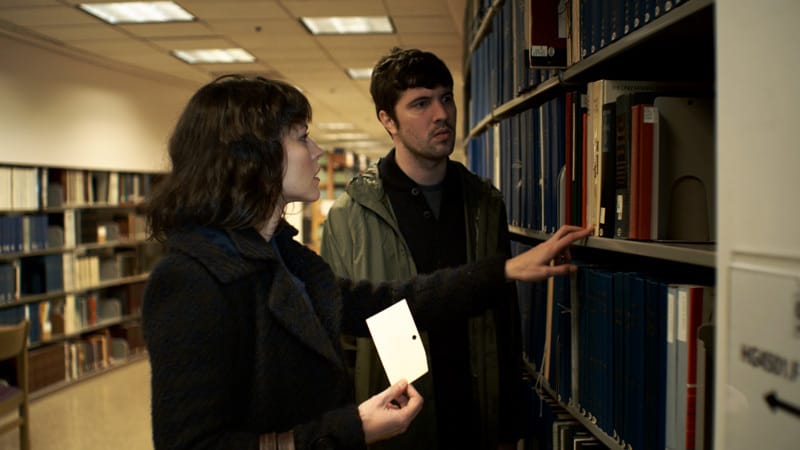
The one character lacking a double life is the hero’s sister, and it’s driving her nuts. Sardonic and centered, Gail has a straight 9-to-5 job she jettisons as soon as possible, the better to play Nancy Drew to her brother’s Encyclopedia Brown. Among other things, “Cold Weather” is about how the siblings who drove you crazy in childhood can keep you sane as an adult.
Within the context of low-fi, no-budget indie filmmaking, Katz is – surprise – a closet formalist. “Cold Weather” only looks haphazardly made; cinematographer Andrew Reed drapes the scenes in a rainy Pacific Northwest glow, and the orchestral-pop score by Keegan DeWitt is as eccentric as the hero, bursting with ideas that turn out to be unerringly right. There’s a shot of Doug and Gail by the ocean, a seagull wheeling rhythmically through one corner of the frame until it lands – just so – on a piling, that I wouldn’t trade for anything else I’ve seen at the movies this year.
Katz’s subtlest trick here is his use of rack-focus to casually reveal objects in the foreground or deep background of a shot. More than a gimmick, it’s a clue to the themes with which the director’s playing. In “Cold Weather” every shift of perspective changes how we see our lives, the solution to a mystery, or the places the two intersect.
(From The Boston Globe, March 30, 2011)
Thanks for reading! Please feel free to leave a comment (or add to someone else's).
I'd also encourage you to forward this to your movie-loving friends. If you’re not a paying subscriber and would like to sign up for additional postings and to join the discussions — or just help underwrite this enterprise, for which the author would be eternally grateful — here’s how.


